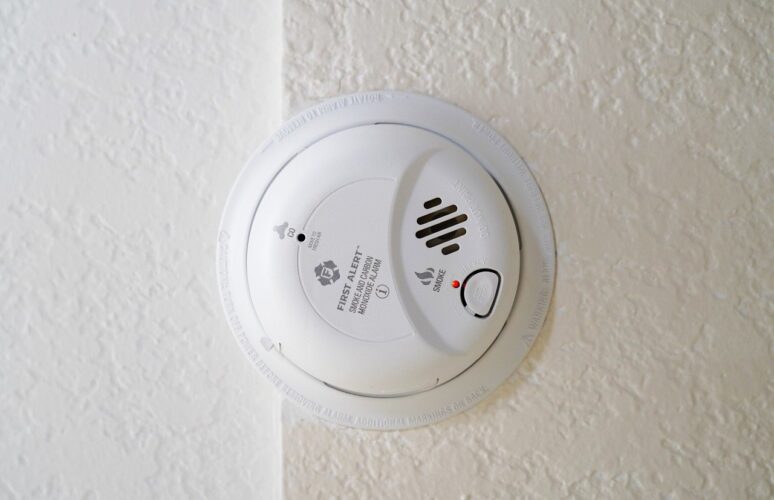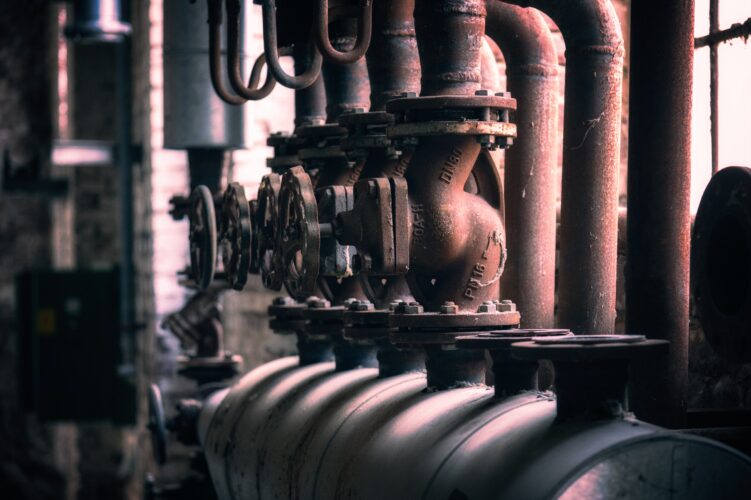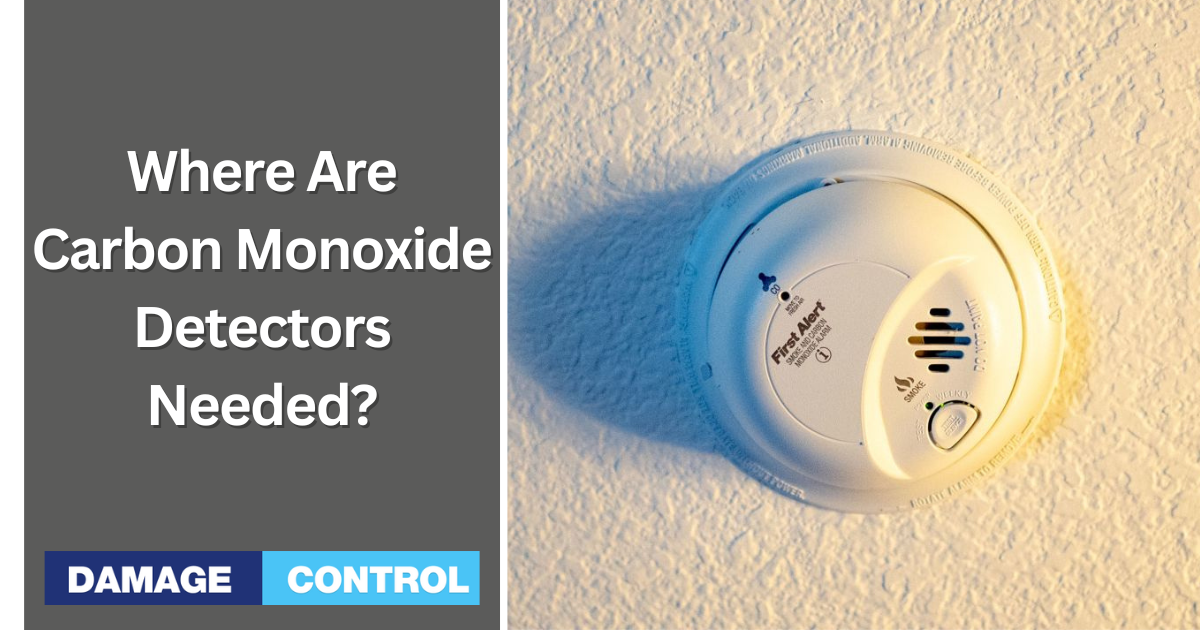Hey folks! Ever wondered about your safety at home or work? Today, we're getting into it. Carbon monoxide detectors. We're answering a big question: where are these life-savers required?
So, What's the Big Deal about Carbon Monoxide?
Well, first things first. Carbon monoxide. It's a silent killer. Invisible. Odorless. You won't see it coming. But, detectors can. They're your safety net.
Carbon monoxide (CO) is a gas. Appliances like heaters, stoves, or cars produce it. Without enough ventilation, CO builds up. It becomes dangerous. So, let's talk detectors.
Are Detectors Required at Home?

Yes, indeed! Safety starts at home. Most states mandate CO detectors in residential properties. Even if yours doesn't, be smart. Install them anyway. Protect your family.
Here's where:
Near sleeping areas – A beep while you sleep could save your life.
On every floor – Because CO doesn't stay put. It roams.
In the basement – Especially if you have a furnace there.
Near the garage – Cars produce CO. Keep it out.
Avoid corners or dead spaces. CO needs to reach the detector. So, keep it in the open.
What about Workplaces and Commercial Buildings?

Absolutely! OSHA rules cover workplaces. In commercial buildings? Again, mostly yes. Codes differ from state to state. Yet, detectors are crucial in:
- Enclosed parking garages
- Boiler rooms
- Anywhere with gas-powered equipment
Do Public Spaces Need Detectors?
For sure! Restaurants, hotels, schools – CO doesn't discriminate. Many states have laws. They mandate detectors in public spaces too.
Stay aware. Stay safe. CO is a real danger. But we can fight it. Know the rules. Know the risks.
To wrap up, carbon monoxide is a silent threat. Yet, detectors offer protection. They're required in many places. Homes. Workplaces. Public spaces. Invest in safety. Install CO detectors. Because every beep could be a life saved. Keep safe, folks! Until next time.

